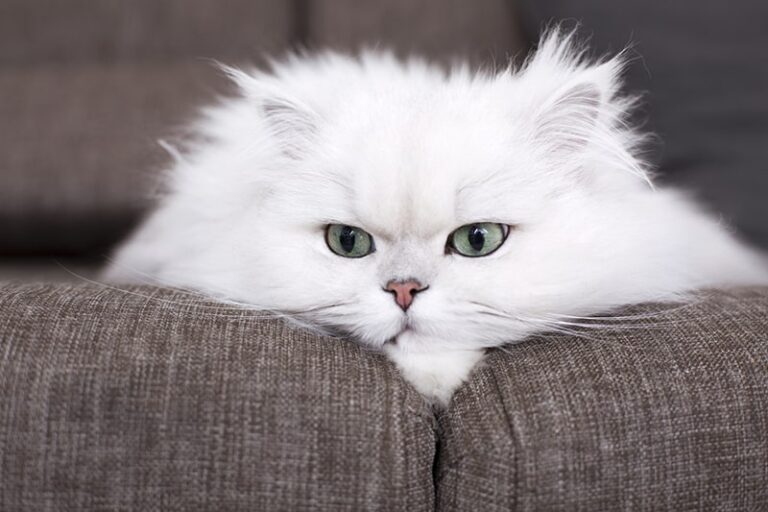The Evolutionary Journey of Domestic Cats: From Wild Prowlers to Purring Companions
Cats, those furry felines that grace our homes and capture our hearts, have a captivating history deeply rooted in the annals of evolution. Their journey from fierce predators roaming the wild to domesticated companions curled up on our laps is a tale of adaptation, resilience, and an intriguing relationship with humans.
Ancestral Origins:
The story of domestic cats begins in the vast expanse of ancient forests and grasslands. Their lineage can be traced back to the African wildcat (Felis silvestris lybica), a solitary hunter that roamed the African continent. These wildcats possessed exceptional hunting skills, sharp claws, and keen senses, making them formidable predators.
The First Steps Towards Domestication:
The exact timeline of cat domestication remains shrouded in mystery, but archaeological evidence suggests that the earliest interactions between humans and cats may have occurred around 10,000 years ago. As humans transitioned from nomadic lifestyles to settled agriculture, they began to accumulate stored food, attracting rodents and other small pests. Cats, with their innate hunting abilities, found a niche in these human settlements, preying on the rodents that threatened food supplies.
Mutual Benefits and the Formation of a Bond:
This mutually beneficial relationship laid the foundation for the domestication of cats. Humans provided food and shelter, while cats offered pest control and companionship. Over time, selective breeding and natural selection favored cats with desirable traits, such as tameness, docility, and adaptability to human environments. These traits gradually gave rise to the diverse breeds of domestic cats we know today.
Ancient Egypt: A Feline Paradise:
In ancient Egypt, cats were revered as sacred creatures, associated with the goddess Bastet, who symbolized fertility, joy, and protection. Egyptians adorned their homes with cat figurines, mummified deceased cats, and even mourned their loss with elaborate rituals. This deep reverence for cats further contributed to their domestication and spread throughout the Mediterranean region.
Medieval Europe: A Changing Perception:
During the Middle Ages in Europe, cats faced a contrasting fate. While some cultures continued to appreciate their pest control abilities, others associated them with witchcraft and superstition. This negative perception led to widespread persecution of cats, resulting in a decline in their population.
The Renaissance and Beyond: A Resurgence of Appreciation:
The Renaissance marked a revival of interest in cats, as people began to recognize their value as companions. Sailors brought cats aboard ships to control rodents, and wealthy households kept them as pets. By the 19th century, cat shows and breed clubs emerged, further solidifying the status of domestic cats as beloved members of human families.
Modern-Day Feline Diversity:
Today, domestic cats exhibit a remarkable array of breeds, each with unique physical characteristics, temperaments, and personalities. From the sleek and agile Siamese to the fluffy and playful Persian, the world of domestic cats is a testament to the diversity that evolution can produce. Advances in veterinary care, nutrition, and breeding practices have also contributed to the longevity and well-being of our feline companions.
Conclusion:
The journey of domestic cats from wild predators to cherished companions is a captivating tale of adaptation, resilience, and the enduring bond between humans and animals. From their origins as African Wildcats to their revered status in ancient Egypt, and their changing fortunes throughout history, cats have woven their way into human culture and remain an integral part of our lives. As we continue to share our homes and hearts with these fascinating creatures, we can appreciate the remarkable evolutionary journey that has brought them to our side.







